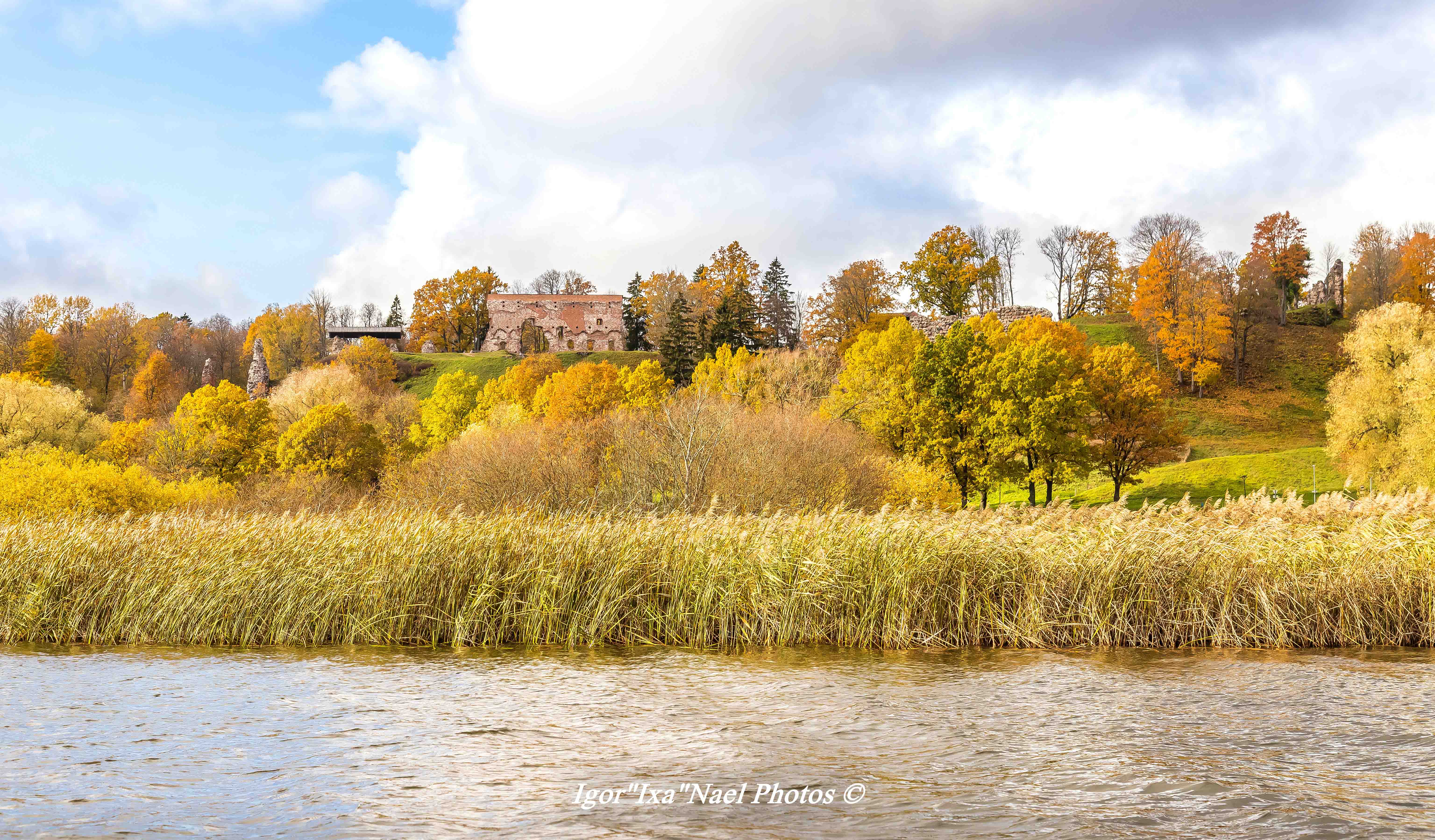At the same time, a cultural monument can also be a protected natural object

In addition to traditional species protection, nature conservation also focuses on maintaining the integrity of habitats and promoting people’s awareness of nature. The aim of nature conservation is to preserve the diversity of nature, or biodiversity. The legal basis for nature conservation is the Nature Conservation Act.
The main goal of heritage conservation is the preservation of cultural heritage. In recent decades, the focus has shifted from object-based protection to a more environmental approach, i.e. monuments are valued together with the surrounding landscape. The basis for the protection of our cultural heritage is the Heritage Conservation Act.
These fields are connected by the direction of protecting valuable objects that need conservation together with their surrounding environment. The same object can be valuable in both fields, that is, a cultural monument can also be a protected natural object at the same time. Both nature and heritage conservation can include sacred natural sites (such as sacred hills), parks (such as manor parks), and individual protected natural objects (such as springs, erratic boulders). There are about 400 Estonian parks under nature conservation [1] and almost 300 parks and forest stands under heritage conservation as building and historical monuments [2]. Many parks are under both heritage and nature conservation at the same time. For example, the park of the Vatla Manor has been under nature conservation since 1958 and under heritage conservation since 1998.
Of Estonia’s historical sacred natural sites, about 450 are protected as heritage conservation objects and about 90 as individual protected natural objects [3]. For example, the largest sacrificial rock in Viljandi County, the Ristivälja boulder, is subject to both nature conservation and heritage conservation.
The protection of cultural heritage is also embedded in the goals of national parks. The Nature Conservation Act stipulates that national parks are protected areas prescribed for the preservation, protection, restoration, research, and introduction of the natural environment, landscapes, cultural heritage, and balanced use of the environment of the protected area. For example, the important values of the Karula National Park are the settlement, farm architecture, traditional way of life, and the Võru dialect, which have developed over a long period of time, and the important values of the Lahemaa National Park are historical and cultural elements from prehistoric times to the present day (burial mounds, manors, tavern sites, sacred natural sites, farm architecture, coastal villages). There are similar principles in the Alutaguse, Matsalu, Soomaa, and Vilsandi National Parks. Cultural heritage specialists of national parks work closely with the National Heritage Board and other cultural institutions.
Sometimes, the principles of nature conservation and heritage conservation conflict with one another. Such problems are difficult to resolve because the Heritage Conservation Act and the Nature Conservation Act have equal weight. A compromise must be reached on a case-by-case basis.
Major decisions under consideration concern hydroelectric power plants. For example, the National Heritage Board did not allow the opening of the protected Linnamäe dam, which is a cultural monument, although it would make the Jägala River one of the largest salmon spawning rivers in Estonia. In the end, the government decided that the environmental interests of the Linnamäe dam did not outweigh the economic or social interests. A similar dispute has been going on for a long time over the Kunda hydroelectric power plant. The National Heritage Board wants to keep the power plant, protected as a cultural monument since 2008, while the Environmental Board wants to remove the dam to open a path for fish to spawning areas and restore the free flowing of the water body. In 2018, the Supreme Court decided in favour of the Environmental Board. The opening of the Sindi dam to create a migration route for fish was also successful, despite the fact that the National Heritage Board did not initially support it.
Last modified: 01.12.2021
__________________________________________________
[1] Eesti looduse infosüsteem (EELIS) - http://eelis.ee/default.aspx?state=6;1811730048;est;eelisand;;&comp=objsearch=park
[2] Kultuurimälestuste riiklik register - https://register.muinas.ee/public.php?menuID=monument
[3] https://www.muinsuskaitseamet.ee/et/ajaloolised-ja-looduslikud-puhapaigad